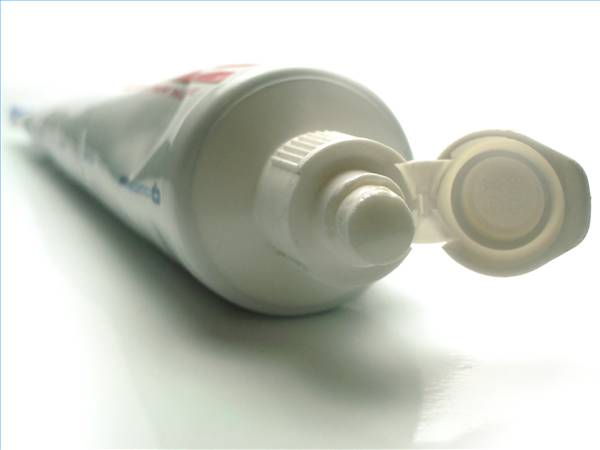Brief description of Titanium white:
Strongest, most brilliant white available to artists in the entire history of art. Excellent hiding power and with twice the opacity of pure lead white. Its chemical stability is likewise outstanding. The pigments natural ore is rutile (titanium dioxide) and manufacturing it as a pigment presented difficulties and it was not until 1921 that American and Norwegian companies began to develop its production for painting. Most supplies of its ore come from Norway today.There are many industrial grades of titanium white pigment, none of which are used in their pure form for artists oil color. It is truly an all-purpose white oil color.
In oil, it dries to a spongy film that is quite unsuitable for artistic purposes. For this reason, titanium dioxide is always blended with one or more of the other white pigments, or an inert pigment to make a suitable artists oil color. Since titanium dioxide, by itself, dries to a spongy film and zinc oxide dries to a brittle film, the two are combined in a balanced blend for better quality, professional grade titanium whites. In some brands, where zinc oxide predominates in the mixture , the color is called titanium-zinc white. Cheaper brands of budget grade paint are known to use a mixture of titanium dioxide with Barytes or other inert pigments. Use of these types of whites is really a false economy because they lack both the brilliance and tinting strength of professional grade color.
Names for Titanium white:
| Word origin: | The name "Titanium white" comes from Latin Titan = elder brother of Kronos and ancestor of the Titans, from Greek tito = day, sun. | ||||||
| Non-English names: |
|
||||||
| Origin: | artificial | ||||||
| Chemical name: | Titanium dioxide |
Example of use by artists:
Do not swallow titanium white!

An important use of titanium dioxide is in powder form as a pigment for providing whiteness and opacity to such products such as paints and coatings but also plastics, paper, inks, food and cosmetics, including most toothpastes.
Another use is as opacifier for ceramic. Whiteness or opacity is introduced into transparent and colourless glass ceramic coatings by adding a phase (opacifier) that disperses as discrete particles to scatter and reflect some of the incident light. The particles are chosen among oxides with high refractive index. The most ancient oxide ever used is cassiterite (SnO2). Today, rutile (TiO2, titanium white) is commonly used. Indeed, titanium white is unaffected by heat and therefore it is commonly used in pottery glazes and enamel which require high baking temperature. In the 19th century, titanium compounds were used for for porcelain glazes and crystallites of TiO2 formed during firing generated opacity;

